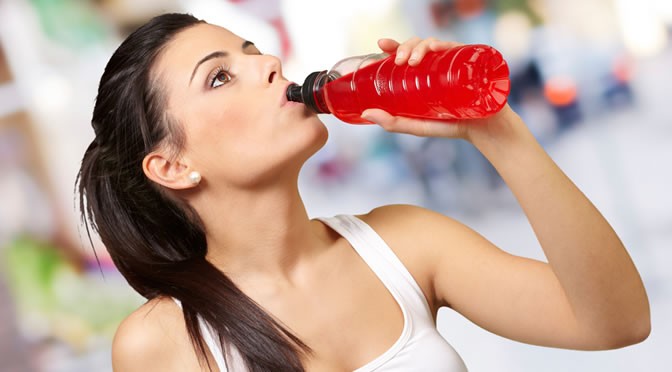The signs that you are consuming too many liquids.
The dangers of dehydration are well-known, but the risks of taking in too much liquid are underestimated, new research finds.
Overhydrating by drinking too many fluids while exercising may lead to a condition known as hyponatremia (EAH).
EAH is the consequences of high levels of water relative to the salt level in the body.
This can lead to significant neurological problems which can be fatal.
Dr Mitchell Rosner, the author of the study, said:
“We have documented at least 14 deaths [from EAH] since 1981, including two deaths last summer in young athletes playing football.
The common feature in all cases is excessive water consumption during athletic events.
This is driven by common misbeliefs that overhydration can improve performance and even prevent dehydration.
It is worth noting that data demonstrates mild degrees of dehydration do not impair performance.”
Originally only athletes in endurance sports such as triathlons and marathons were amongst those experiencing overhydration.
However, now this condition has been reported in a wider range of sports.
In fact, the body knows best when you need a drink.
The key to preventing overhydration is using simple guidelines and common sense, Dr Rosner explained:
“We recommend using your thirst as a guide.
If you drink when thirsty, you will not become hyponatremic and you will not suffer from significant dehydration.
Overdrinking a sports beverage will still lead to hyponatremia.
They contain small amounts of sodium that may lessen the risk very slightly, but they are still mostly water.”
Cloudy thinking, nausea and headaches, severe confusion, seizures, and coma are the signs of hyperhydration.
However, these are the same as the signs of dehydration.
That can make individuals more confused and encourage them to drink more fluids, and so the situation worsens.
The study was published in Clinical Journal of Sport Medicine (Rosner, 2015).
Sports drink image from Shutterstock
